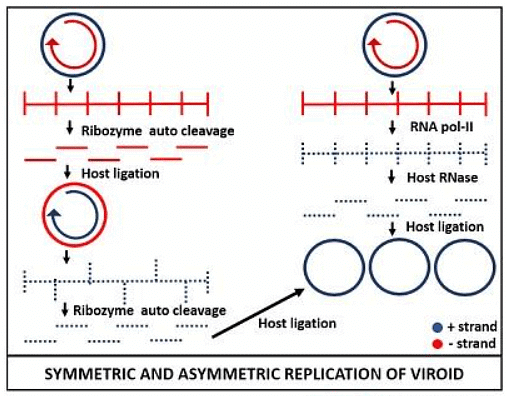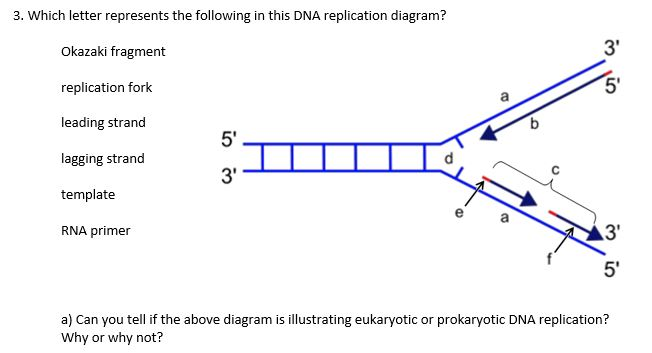

Protein-containing fractions were pooled and stored at −80☌. The supernatant was purified by passage through 1 ml HisTrap columns (GE Healthcare) and eluted fractions were loaded on to a Superose 10/300 gel-filtration column pre-equilibrated in 20 mM HEPES, pH 8.0, and 300 mM NaCl. Supernatant was heated to 75☌ for 25 min before further centrifugation. Extract was lysed by sonication before centrifugation at 20100 g for 30 min. Cells expressing His-SsoPCNA1/2/3 were resuspended in 20 mM HEPES, pH 8.0, 300 mM NaCl and protease inhibitors. Cells were harvested by centrifugation at 3980 g for 15 min. Cells were grown to D 600=0.4–0.6 before induction with 1 mM IPTG for 3 h at 37☌.

All proteins were over-expressed in Escherichia coli Rosetta (DE3) pLysS (Novagen). His-SsoPCNA1/2/3, His-SsoPolB1, SsoFen1 and SsoLig1 expression constructs were generated previously. Our study reveals that SsoPCNA simultaneously co-ordinates the three client proteins and, thus, facilitates co-ordination of functions in time and space in a molecular tool-belt. To address the structural basis of co-ordination of polymerase, flap nuclease and ligase activities, we assembled the PCNA–PolB1–Fen1–Lig complex on DNA and visualized it by electron microscopy (EM). However, recent biochemical studies support a model where a single PCNA ring assembles an Okazaki fragment maturation complex composed of PolB1, Fen1 and Lig1. Biochemical studies have put forward a molecular tool-belt model, although this remains controversial. It is unclear how PCNA effects hand-off of DNA from polymerase and Fen1 to DNA ligase, thereby co-ordinating Okazaki fragments maturation. solfataricus (Sso) PCNA1 specifically interacts with Fen1, SsoPCNA2 with the replicative DNA polymerase B1 (PolB1) and SsoPCNA3 with Lig1.

In the context of Okazaki fragment maturation, S. solfataricus, PCNA is a heterotrimeric assembly where each subunit interacts preferentially with specific client proteins. These proteins are necessary and sufficient for concerted DNA synthesis, RNA primer removal and strand ligation in vitro. solfataricus encodes a subset of the eukaryotic Okazaki fragment maturation factors, among which are the proliferating cell nuclear antigen (PCNA), as well as DNA polymerase B1, the flap endonuclease, Fen1 (Flap endonuclease 1) and an ATP-dependent DNA ligase, Lig1 (ligase 1). Sulfolobus solfataricus has a simplified toolset for DNA replication compared with eukaryotes and is therefore a useful model system for the study of replication proteins. The resulting DNA fragments are finally ligated to ensure strand continuity. RNA primers are then removed and replaced with DNA. On the lagging strand, short RNA-primed Okazaki fragments are synthesized. The two daughter strands are synthesized with different mechanisms. DNA replication requires the co-ordination of a multitude of proteins to create error-free daughter DNA strands.


 0 kommentar(er)
0 kommentar(er)
